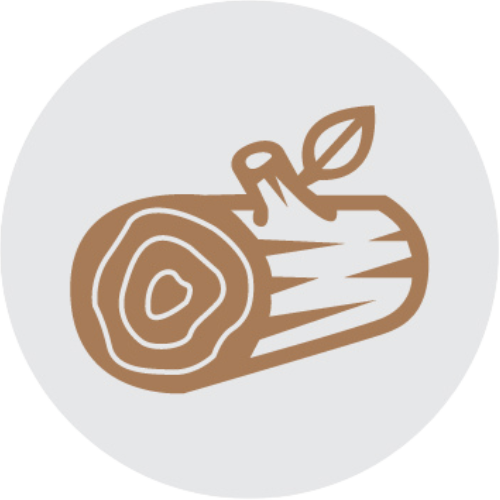Menu




For budding makers and mathematicians alike, SumBlox are an ingenious way to explore the foundations of mathematics in 3 dimensions. Sumblox are a hands-on transition from concrete to semi-concrete mathematical thinking.
Carefully manufactured from natural wood they're an ideal addition to any learning environment from pre-school to middle-school. Includes 43 hardwood blocks and activity card. Ages 2+.
SumBlox are math building blocks whose individual size is proportional to the number value. Put a "1" block on top of another "1" block and it is the same height as the "2" block. Stack three "3's" beside a "9" and you'll notice they come up to the same level.
Through hands on play, Sumblox engages and excites children to visually represent math in a unique and fun way that promotes collaboration and cooperation. Stack proportional number blocks and they are literally equal in size and value! SumBlox help with developing understanding of addition, fractions, composing and decomposing, multiplication and so much more!
SumBlox Building Blocks teach a wide range of mathematics through guided, hands-on discovery in our SumBlox Learning Activities. Currently available are series that teach addition and subtraction, multiplication, and fractions. Each series empowers the educator to gradually move students to a deeper understanding of the properties of math through step-by-step investigations, engaging discussions and fun challenges.
With Sumblox, students solidify their understanding of addition by focusing on its properties and manipulating the addend pairs of ten. Students connect addition to its inverse property, subtraction, and develop a strategy to find the difference between two whole numbers. These new skills are learned and assessed through fun activities like building the Tower of Ten.
Multiplication
Students use SumBlox to investigate factors and multiples. Multiplication comes to life as they physically see the relationship between multiplication and repeated addition. As they dig deeper into multiplication, they discover the commutative property and build SumBlox Factor Walls to discover all of the factors of a number.
Students can learn a wealth of information through play and hands-on exploration. These topics include:

Request your NEW 2026 Louise Kool Early Years catalogue, with new products and expanded categories!

Let us help you realize an inspiring learning environment with unmatched expertise and service.

We are here to help. From Budgeting to Room and Centre Planning we have the answers you're looking for.

If you have a questions regarding existing orders or quotes don't hesitate to contact us.
1-800-268-4011
service@louisekool.com

© 2026, Louise Kool & Galt Powered by Shopify
